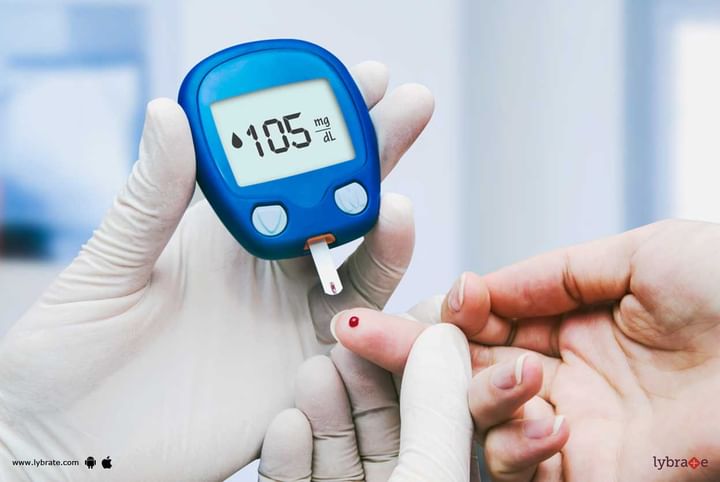Diabetes Insipidus - Know Types Of It!
For many people, “diabetes” often be known as just Type I or Type II diabetes. You will be surprised, but there are several forms of diabetes. We have Diabetes mellitus and there is Diabetes insipidus. This type of diabetes is actually a hormonal disorder that directly affects the kidneys.
The signs and symptoms of diabetes mellitus and diabetes insipidus are the same they cause increased thirst that is almost insatiable. The person tends to always feel thirsty and will urinate much more than usual.
Diabetes insipidus or DI is a fairly uncommon disorder, and it does require proper treatment. Therefore, it is better to have an understanding of the problem and discuss the best possible treatment options.
Diabetes Insipidus explained
The kidneys are the filtering system of the body. One of the things that they filter is the extra fluid in the bloodstream. When there is too much water, it gets stored in the bladder and becomes urine. When the kidneys are working normally, the amount of urine that is created will rise or fall depending on the fluid levels that are present in the body.
When diabetes insipidus is present, this control is skewed. What happens now is that the hormones-mainly Vasopressin produced by the brain and controlled by the pituitary gland- that tell the kidneys to remove the extra fluids malfunction. Vasopressin thus acts as an anti-diuretic. Or sometimes, the kidneys don’t respond to the hormonal signals. At other times, there is a change in the amount of Vasopressin.
Types of Diabetes Insipidus
There are four main types of Diabetes Insipidus, amongst these, the central diabetes insipidus is perhaps the commonest and in this the Vasopressin regulation system malfunctions. This causes the kidneys to think that there is too much water in the body and they in turn, continually pull out fluids from the bloodstream and turn it into the urine. A patient can sometimes end up urinating 20 litres of urine per day. The second important type of Diabetes Insipidus is Nephrogenic Diabetes Insipidus.
What causes Nephrogenic Diabetes Insipidus?
In Nephrogenic diabetes insipidus, the kidneys are unable to understand what the hormone levels within the body happen to be.
So, there is a breakdown in hormonal communication between the pituitary and kidneys with the pituitary gland producing the right levels of Vasopressin that are required, but the kidneys are unable to absorb the water from the bloodstream as and when requested. This defect typically happens within the tubules of the kidneys.
The most common reasons for nephrogenic diabetes insipidus to occur are
- Long-term medication use, especially with lithium. People on lithium medication have a 40% chance of developing this form of DI. Long-term antibiotic use with demeclocycline can also increase the risk for nephrogenic diabetes insipidus.
- Like central diabetes insipidus, nephrogenic diabetes insipidus can also be caused by genetic factors. The symptoms of this DI can be present at birth or may develop slowly throughout childhood.
- The third reason for nephrogenic diabetes insipidus is hypercalcemia. This means there is too much calcium in the blood.
- Calcium is problematic for the kidneys and too much of it may cause them to stop responding to the fluctuating vasopressin hormone levels.
Hypercalcemia explained
In hypercalcemia, the level of calcium in the blood is too high and this causes no disturbing symptoms other than nausea, thirst, digestive problems. If left untreated, hypercalcemia can cause confusion and coma.
- Hyperparathyroidism: It is one of the reasons behind hypercalcemia. In this, one or more of the four parathyroid glands secrete too much parathyroid hormone which helps control the amount of calcium in the blood.
- Diet: Eating too much calcium in the diet is another common reason for hypercalcemia.
- Too much vitamin D intake: If you take very high daily doses of vitamin D over several months, the amount of calcium absorbed from the digestive tract increases substantially and can lead to hypercalcemia.
- Other reasons: Other common bone disorders like Piaget disease where too much calcium is removed from bones and cancer.
Treatment of Nephrogenic diabetes insipidus is usually done by a combination of diuretics and NSAID medications. Taking ibuprofen and other OTC painkillers concentrate the urine within the kidneys and relieve excess urination.



+1.svg)
